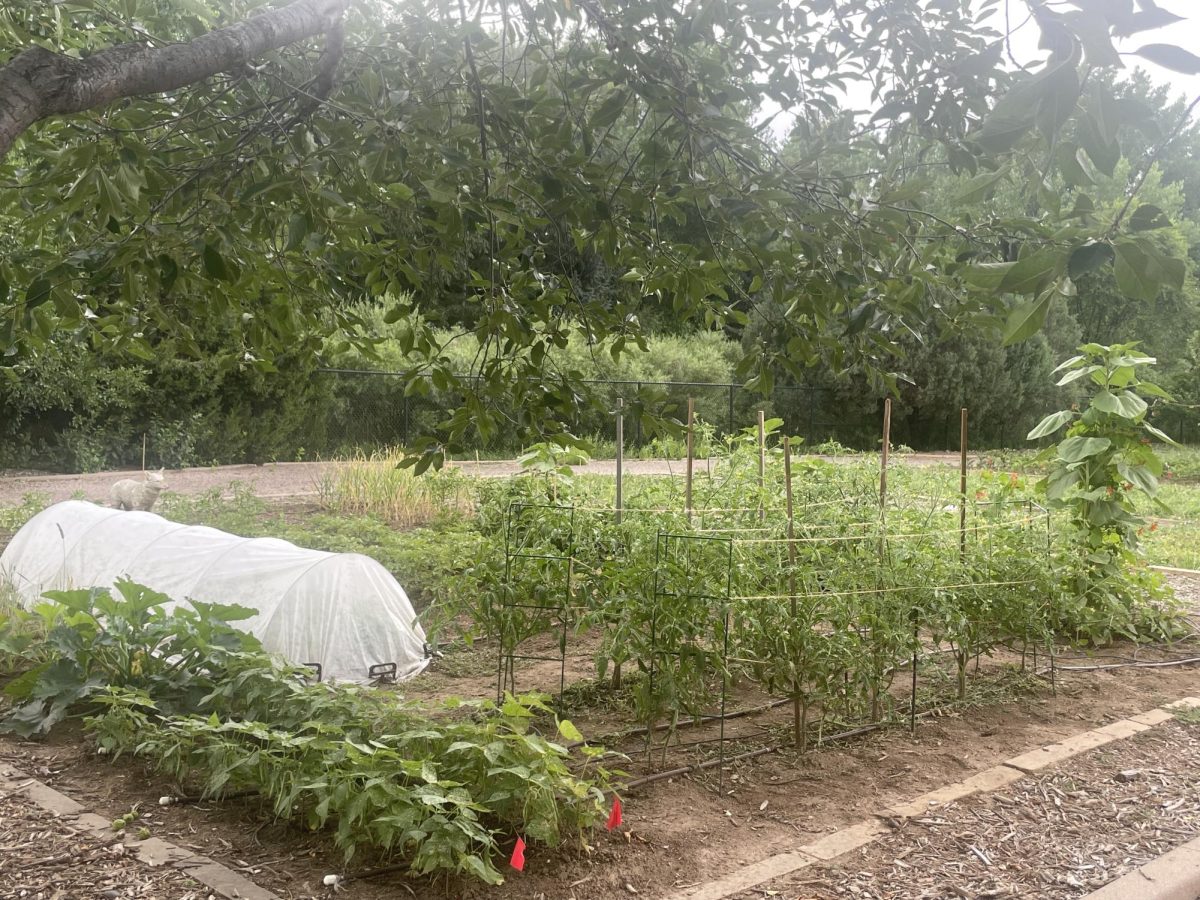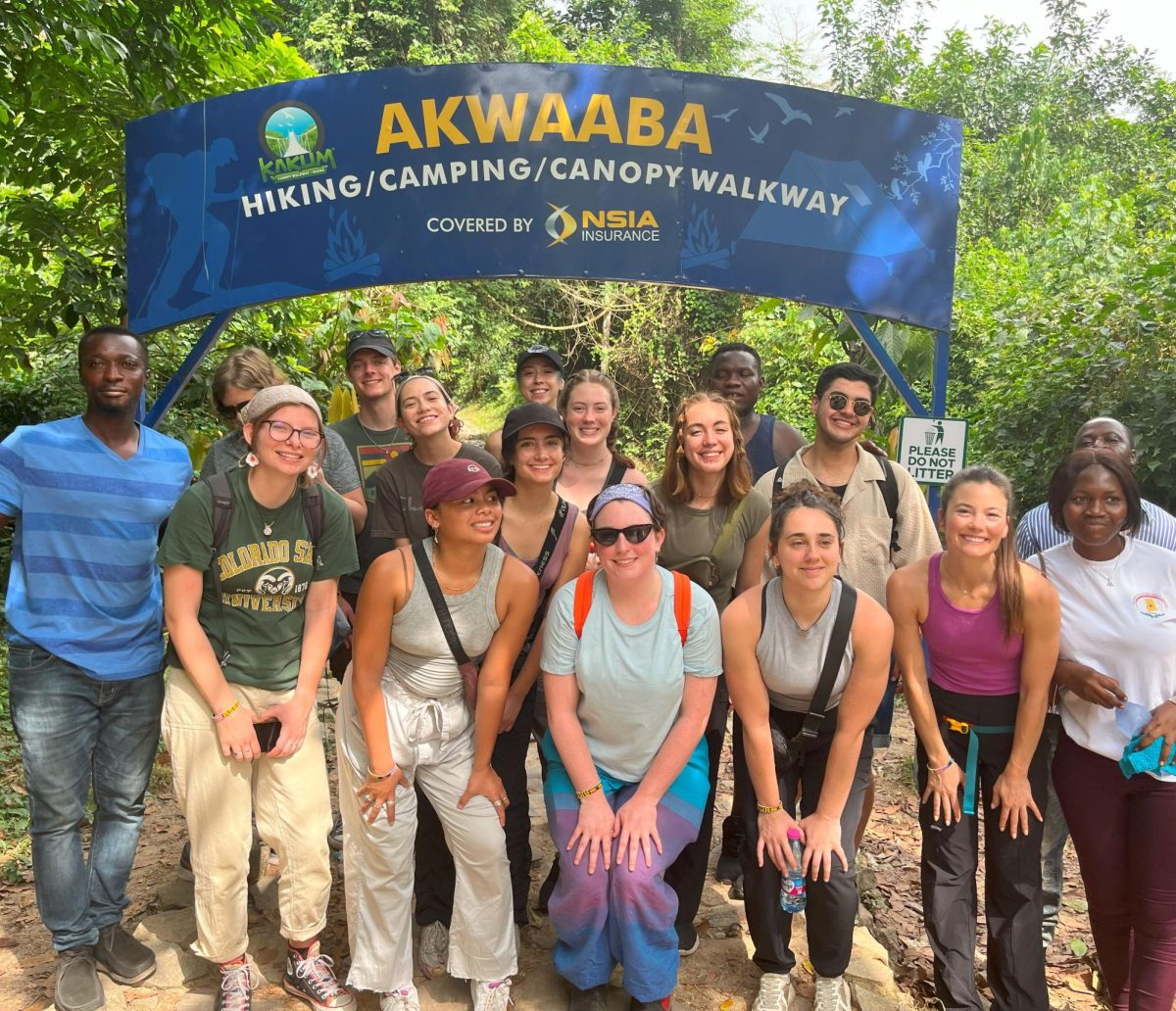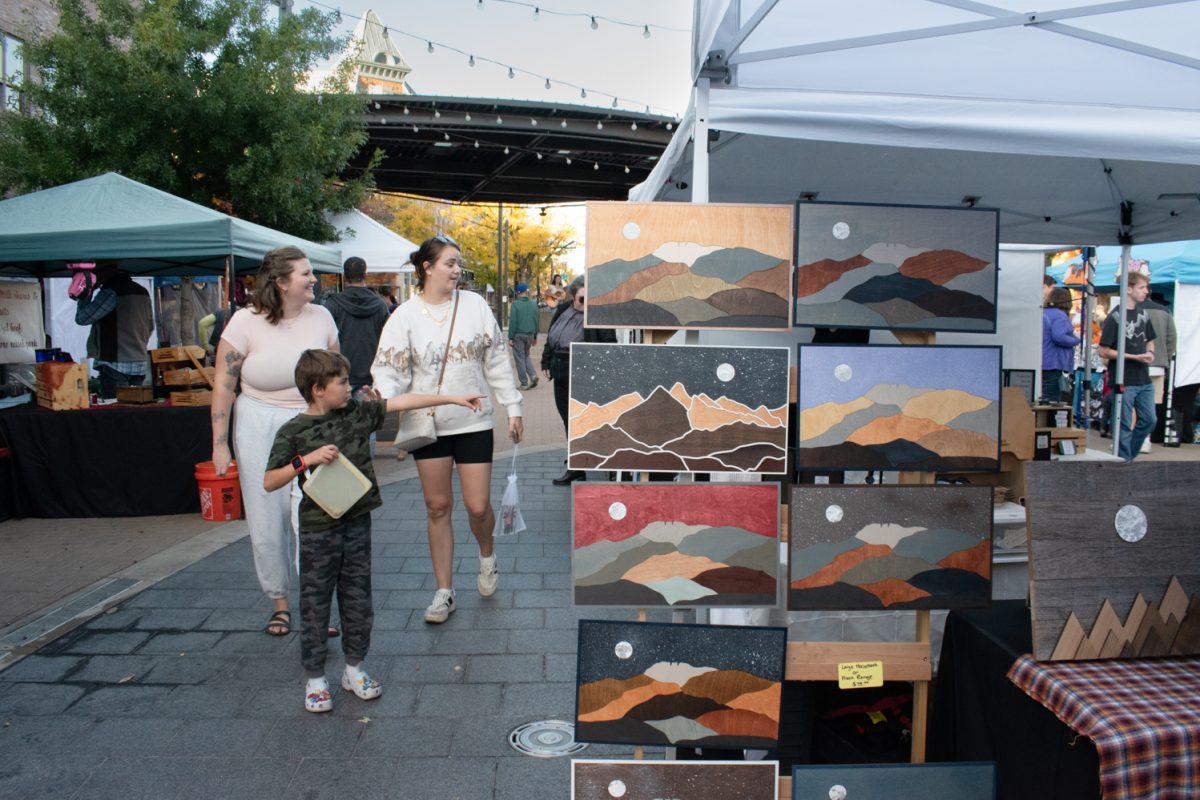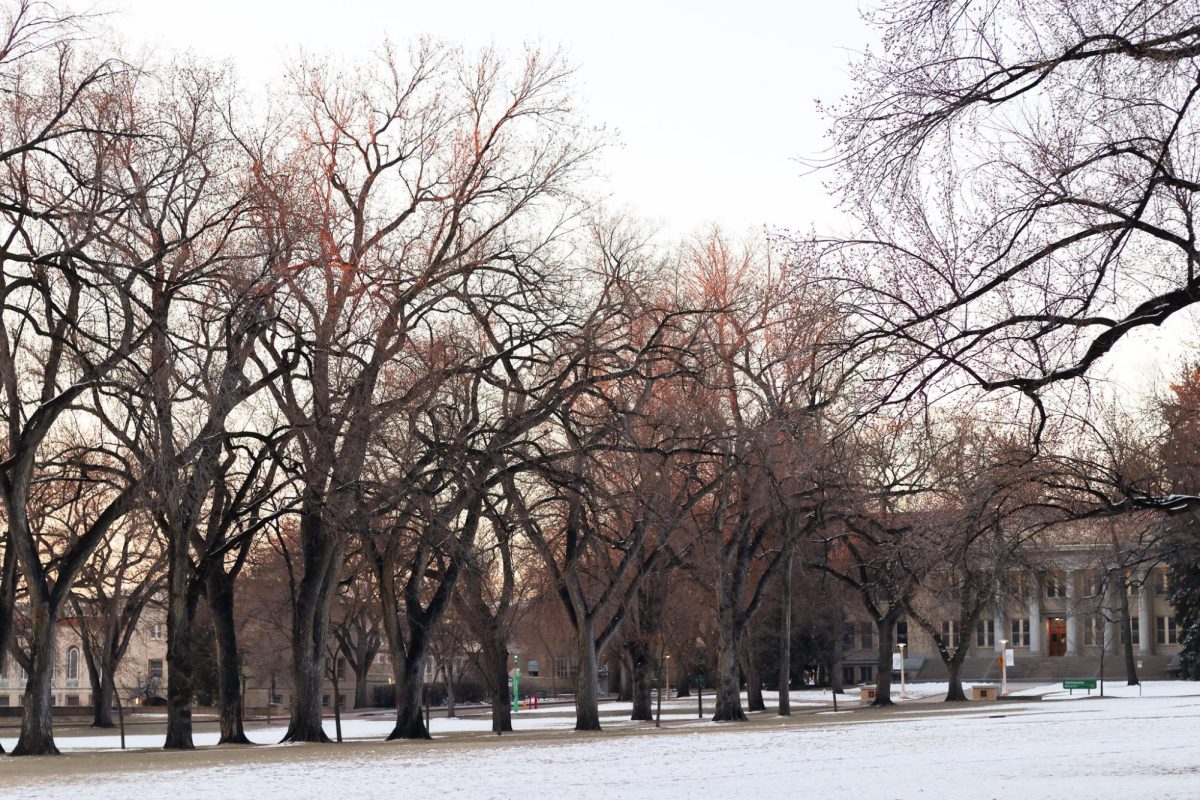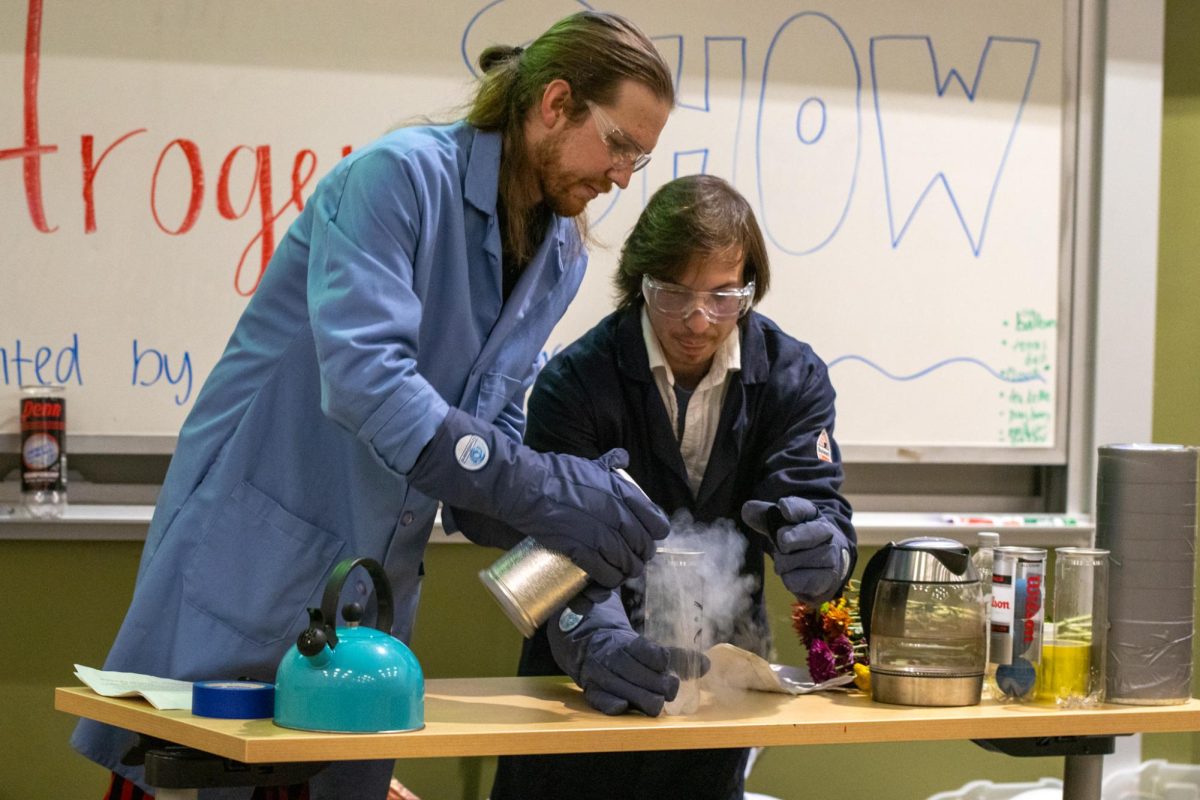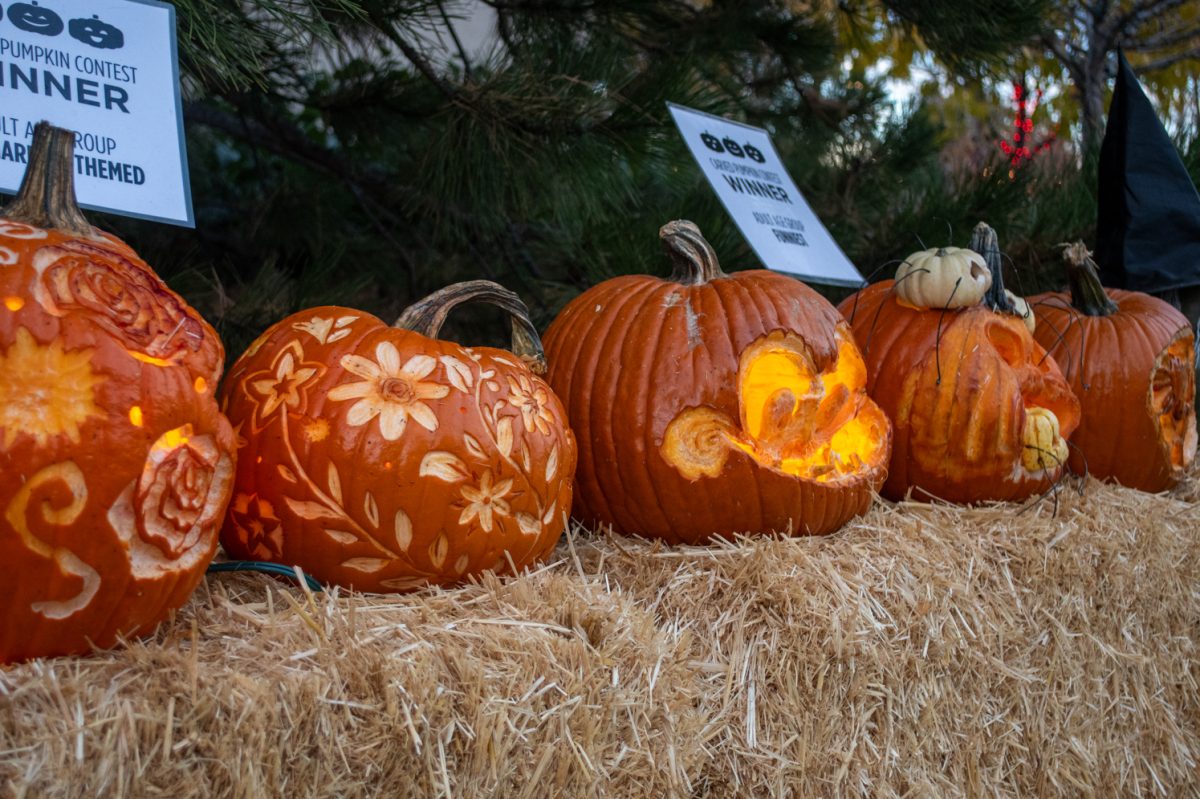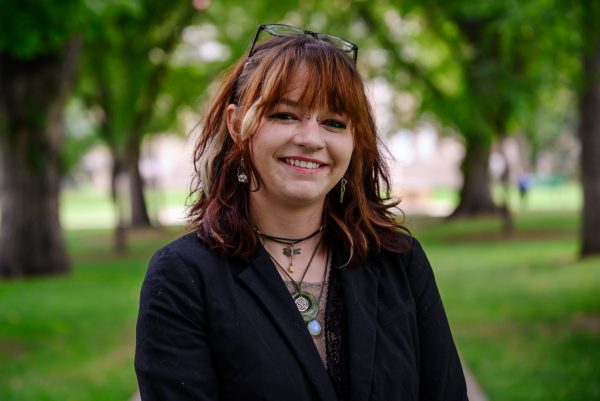Producing 378 pounds of fresh produce and providing a community gathering space, the Indigenous Garden at The Gardens on Spring Creek aims to celebrate and support Indigenous heritage.
The Native Community Garden, cared for by Gardener Brianna Maxwell, is celebrating its second year at The Gardens. Funded by the Gardens on Spring Creek but run by a committee of Indigenous community members, the plot is used to accommodate the ever-changing needs of the community. In just an 800-square-foot plot, the garden yielded over 378 pounds of produce and helped preserve historic planting and growing techniques. Planting crops like corn, squash and beans without the use of pesticides or genetically modified organisms allows the community a connection back to tradition. Atom J. Valdez, the Native Garden Intern, found helping with the garden to be a transformative process.
“What I learned was how beautiful it was to be connected to these plants and to have my hands in the dirt and to be in the sun and to pull the weeds — to really care for the garden and tend to it,” Valdez said.
Using the crops grown on this plot of land, the garden provides fresh vegetables free of charge to the community. When asked about his hopes for the future of the garden, Valdez emphasized his hope for the garden to become an archive of knowledge — a place where community members can learn from the culture and traditions honored in the garden.
“If everybody grew just a little bit in their garden, everyone would have something to contribute to trade and to feed each other.” –Atom J. Valdez, Indigenous Garden intern
“This knowledge will be built into a kind of library or an archive-of-knowledge keeping for our community,” Valdez said. “It’ll teach the people how to go back to growing our own foods.”
Ashley Krueger, education coordinator at The Gardens, compared the plants to a living museum, capable of both educating the community and preserving history.
“As a living museum, The Gardens on Spring Creek offers botanical beauty through curated plant collections, tranquil spaces for reflection and enriching opportunities for learning and community connection through shared experiences,” Krueger said.
Funded by the United States Botanic Garden and the American Public Gardens Association Urban Agriculture Resilience Program, the entire garden seeks to give people like Valdez an opportunity give back to the community. Grants from the program aim to address modern issues like food scarcity and provide education.
“We are truly a community garden, not just a garden for the people who would normally see themselves here,” Krueger said. “And the need was brought out of the community.”
As the program progresses, it will continue to adapt with and evolve alongside the community’s needs. For now, the focus remains on getting the community involved.
Ron Hall, a community member who has been involved in the garden since its founding, acknowledges the garden for its ability to restore tradition. The community garden especially, opens up a way for new generations to engage in tradition.
“In general, speaking, native people have a really close relationship with the land. The perception was that the plants were not foreign objects, that they were actually relatives, so we have a very close tie to the land in these practices . . . It’s our journey to rediscover those things [practices],” said Hall.
For now, the garden functions as a uniting force, serving and supporting the Indigenous community. In 2024, the garden produced 172 pounds of squash; 92 pounds of tomatoes; 70 pounds of potatoes; 23 pounds of peppers; and 13 pounds of onions, according to The Garden’s blog post.
“Ultimately, that’s what the garden is for: for our community, for the people and for us,” Valdez said. “We should take great pride in that and really get people in there because it takes a lot of work to run a garden.”
Reach Ella Dorpinghaus at life@collegian.com or on social media @rmcollegian.


